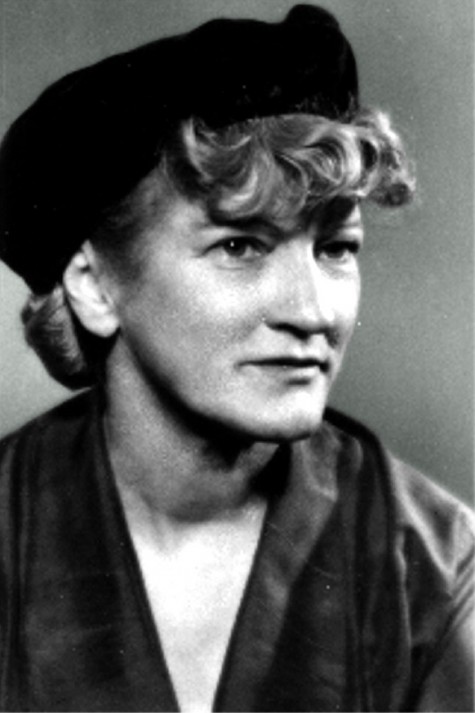
In this memo, copied to her film agent Annie Laurie Williams, Mari Sandoz criticizes the script for Cheyenne Autumn, a film adapted from her book of the same name. Sandoz points out glaring historical inaccuracies in the script, and accuses Warner Brothers of the “character assassination” she felt was prevalent in popular depictions of Native American Indians.
Re: Final script by James Webb for the moving picture made from my book, Cheyenne Autumn, completed Fall of 1963, script sent to me June, 1964, for permission to make a novel, to be called Cheyenne Autumn from the Webb script.
It seems impossible that this greatest epic of American history could be reduced to a dull, static bore but here is the evidence. The greatest figures are drained of all character—of dignity, force and integrity. Then there is the incredible insertion of the white girl into the flight. She would have been driven out of camp and from among the fleeing Cheyennes, the Indians whipping her team at every jump. (The only way she could have gone along would have been on someone’s race horse, carrying her food, to hurry out ahead each time she was driven back, to slip in among the Indians at night or while making their desperate stands, risk the bullet or the arrow of some angry young warrior.)
As if destroying the main characters and inserting the girl and her wagon were not enough, dozens of stupid stock cardboard figures have been added: stock soldiers, gamblers, prostitutes and stock senators, all in dull, trite scenes that have no meaning or point and serve only to retard the action, kill the feeble interest aroused. Then there are the endless anachronisms. Plainly none except those completely ignorant of the region or the people would put sabers into the Army of the Plains in 1878 and ignore boundaries of military departments, taking troops from Fort Reno clear to Fort Robinson, when they were turned back at the Platte; put bib overalls on Indians and cries into the mouths of their babies (trained from birth not to cry) and have Cheyennes spy on bathers. Indians, men, women, and children, bathed together and were free of the snickering white-man attitude toward the human body.
Pointless too, is the false combination of the Sacred Arrows of the Southern Cheyennes with the Sacred Bundle that Little Wolf bore from long before 1878 until it was passed on to another by week-long ceremonials years after the flight. Then there is the character assassination of Dull Knife and Little Wolf and their descendants through the fictitious wife-stealing and murder. Dull Knife’s wife, Pawnee Woman, could have been dropped from the cast instead of giving her to Little Wolf, making him, by implication, a wife stealer. Encumbering Dull Knife with a fictitious son to steal the wife of his father’s great co-leader, Little Wolf, seems overt libel to me, compounded by the spurious killing of this non-existent son by Little Wolf. This is like making a picture in which Madison is given a son to steal the wife of Jefferson, who kills him for it. Fortunately those great leaders were white and so protected from libel. It may be that the Cheyennes are tiring of character assassination too.
All this is Warner Brothers’ concern, not mine. I can prove by my book that I carried out my responsibilities and obligations to the old Cheyennes who entrusted their stories, their secret rituals and religion, to me, and by my contract with Bernard Smith that I had no voice in the preparation of this script. I prefer to let the matter rest there.
From I Do Not Apologize for the Length of this Letter: The Mari Sandoz Letters on Native American Rights, 1940-1965. Sandoz, Mari, and Kimberli A. Lee. Lubbock, Tex.: Texas Tech University Press, 2009.


